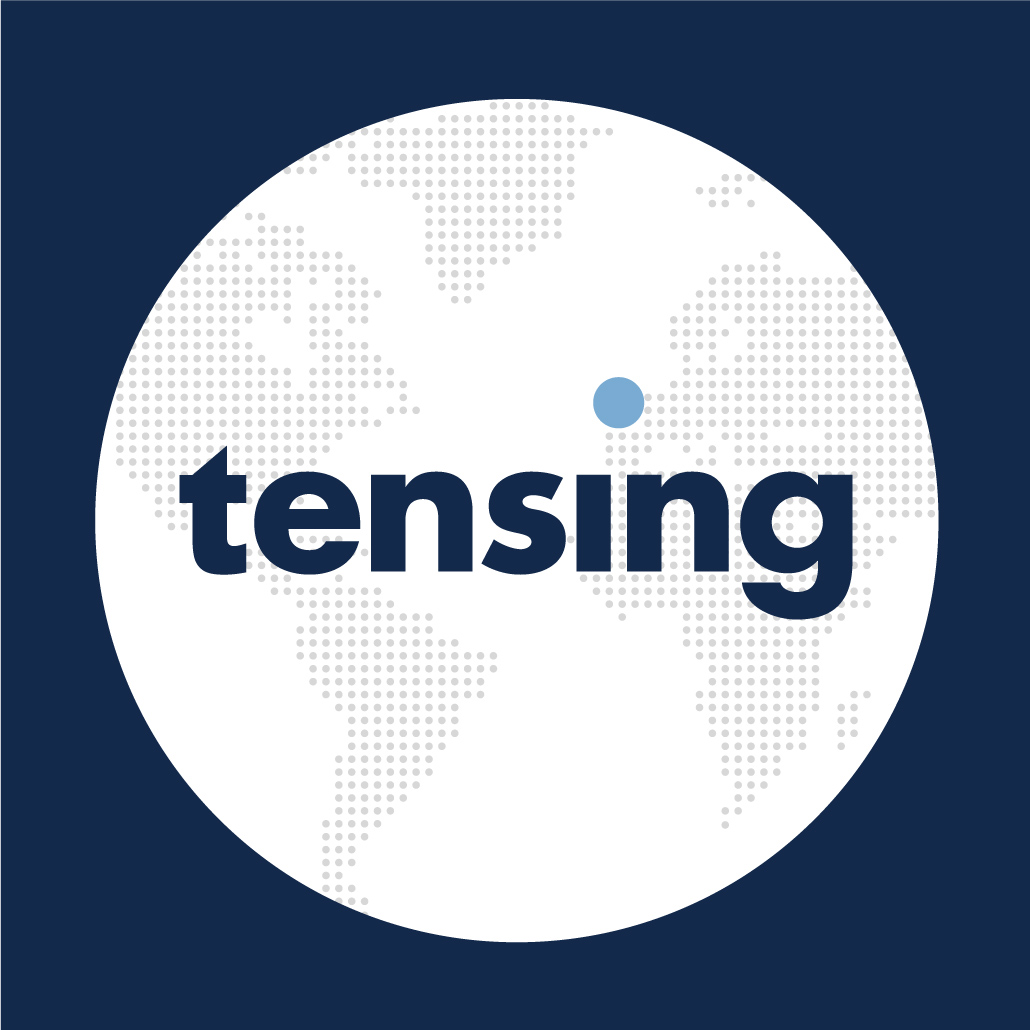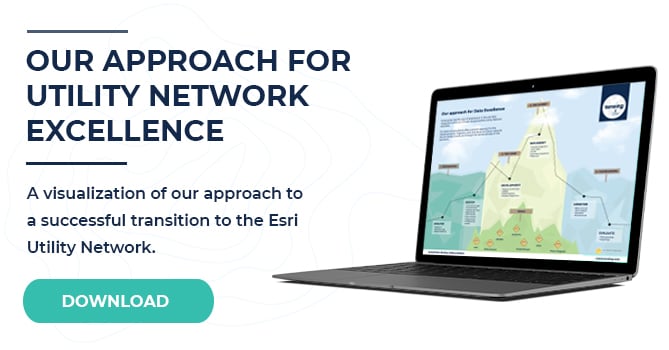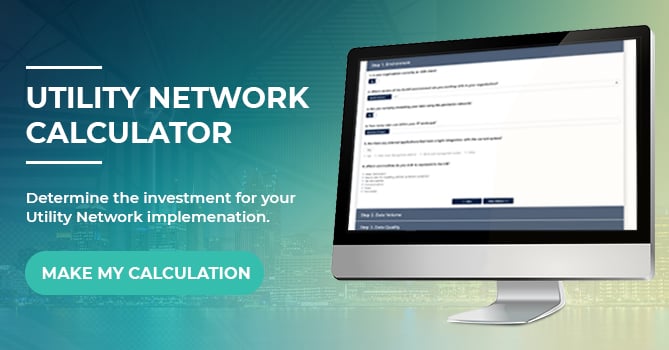Our approach for transitioning to the Esri Utility Network

Tensing
With the Utility Network, Esri offers a Geographical Information System (GIS) specifically designed for the Utility Industry. The platform offers future-proof asset management with all necessary functionality for network modeling, editing and analysis. It is therefore not surprising that more and more utility companies are making the switch to the Esri Utility Network.
But implementing the system, getting it integrated with all the other operational systems, and making sure that everyone who must work with it can also use it properly - that requires experience and expertise around the Utility Network. And of course a good strategy.
In this article we explain more about the process of implementation and migration by highlighting the steps of our proven approach to launch the Utility Network in the most powerful and efficient way.
The Utility Network provides many benefits and brings the Geospatial Information Systems (GIS) of Utility companies to a whole new level. Leveling your data with data quality control and opening a box of new functionalities, available for anyone at any time.
This means it renews the way you work with your asset data, enables new ways of approaching your processes and provides a modern GIS in your IT landscape. We previously wrote an article with 10 reasons not choose to switch to the Utility Network, which of course highlights some great benefits of this innovative platform.

Tensing is an Esri Gold Partner, as well as one of the few officially recognized Esri Utility Specialist within Europe. We deliver high quality GIS services and offer a proven approach to implementation and migration of the Esri Utility Network. We can help you with a smooth transition to the Esri Utility Network including all the aftercare it deserves.
A Proven Approach
As an utility network specialist, Tensing provides data experts and solutions to large and small organizations. Always with the aim of realizing a reliable network, efficient collaboration and better internal and external communication. Each project is tailor made, but we always hold on to a format that has proven itself several times. This approach knows four journey pillars: the preparation phase, the climbing phase, the summit and the homecoming.
All steps of this project approach are captured in an infographic. Open this infographic here.
1) Preparation phase
Analysis
Since it impacts your data, processes and IT landscape, it is not something you do overnight. Before starting you want to do an ANALYSIS. With RESEARCH you want to identify what is the business case for going to the Utility Network? This means you need to understand where you stand right now, and where your company is heading. Challenges like the changing energy market or the impact of climate change on reliable water supply, may require a change in business and in your IT. This creates the business case for the Utility Network. With a positive business case you research what your requirements and use cases are for the Utility Network.
Also, it is time to look at the state of your data quality. The Utility Network has integrated data quality control and your data needs to be ready for this. We will do a ready assessment on your current data quality and your requirements. This is also input for use cases which need to be tested in proof of concepts or proof of values.
We have helped Pidpa with the implementation of the Esri Utility Network. Pidpa is one of the largest water companies in Belgium.
The migration to the Utility Network was a logical evolution for Pidpa which gives the organization more opportunities for further integration of GIS into all kinds of business processes. Curious about how this project went? Download the full case study.
Design
We start to validate if the use cases can be implemented with a proof of concept, and if the requirements will be fulfilled as requested by the business with proof of value. This is done by testing the use cases. Part of these proofs is the validation of the designed data model of the Utility Network against the current data model and requirements. The proofs will reduce the risks of not meeting the requirements and guide the expectations of the business what to expect (and what not) from the Utility Network.
Before starting this process, we make sure we have a team of specialists formed and trained. This team will perform the work to make the Utility Network to a success for your organization. The training makes sure everyone understands the Utility Network in the same way.
2) The Climb
Development
Go from proven concepts and values to a production worthy Utility Network. Make it technically sound, migrate current data into your Utility Network and update the data model when needed. Add functional customizations and develop integrations with other applications, providing an ideal situation for your business.
3) The Summit
Implement
Now it is time to ensure process integration and to train users. This is the last tweaking of the Utility Network. And while the stakeholders/business is involved in every phase, in this phase they give their formal acceptance before going live. The go live is a moment of celebration, the summit is reached. The old system can be phased out and it is time to come home.
4) Homecoming
Monitor
The Utility Network is live and the business can pick its fruits. Functionally and technically we apply the best practices to create the best experience possible. User support is provided, maintenance is done and there is a handover of information gathered during your journey of the Utility Network.
Evaluate
The last step is to evaluate the journey with a retrospective, gather insights and use those insights to create a roadmap a next journey in the use of the Utility Network.
Calculate your investment
The Utility Network offers many advantages, but what do you need to invest? With the Utility Network Calculator you can map your investment quickly and easily. And only then you can determine your expected return on investment. In a few minutes the calculator leads you through some steps with questions.



.png)

.jpg?width=669&name=LinkedIn-banner-Pidpa-EN%20(1).jpg)
